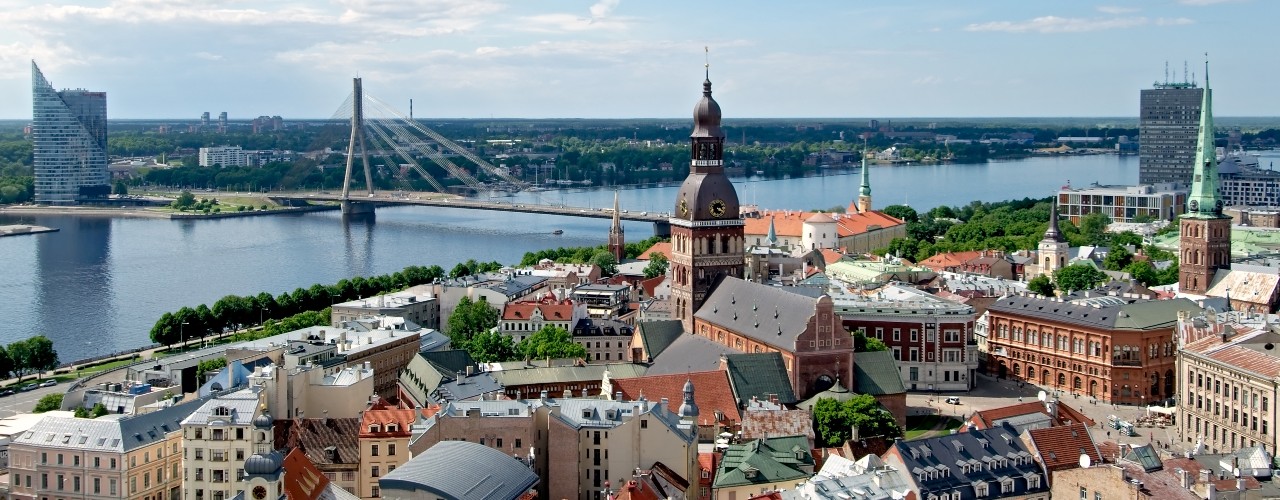All About Latvia

Latvia, nestled between Estonia and Lithuania along the Baltic Sea, is a country where history, culture, and natural beauty converge in a tapestry rich with heritage and contemporary vibrancy. Crafting even a brief overview of Latvia's highlights presents a delightful challenge, given the country's wealth of forests, rivers, lakes, and cultural landmarks. Where do we start but in Riga, the beating heart of Latvia?
The capital, Riga, famed for its Art Nouveau architecture and the historic Riga Old Town—a UNESCO World Heritage Site—is a testament to Latvia's rich past and dynamic present. The city's skyline is punctuated by the spires of the Riga Cathedral and St. Peter's Church, offering panoramic views of this vibrant city. Beyond its historical allure, Riga is a thriving hub for culture, gastronomy, and nightlife, boasting a plethora of museums, galleries, cafes, and restaurants that serve as a testament to the Latvian spirit of innovation and creativity.
Or should our journey take us to the serene Latvian countryside, where the Gauja National Park stretches across the landscape, offering a sanctuary of peace and natural beauty? Here, the Gauja River meanders through forests and past sandstone cliffs, ancient castles, and manor houses that speak of centuries past. Outdoor enthusiasts will find a haven in Latvia's natural parks, with opportunities for hiking, cycling, and canoeing amidst the stunning scenery of the Baltic region.
The coastal city of Liepaja, known as the "city of winds," offers another facet of Latvia's diverse character. Here, visitors can explore a rich musical heritage, walk along beautiful beaches, and discover the unique Karosta district, a former secret military town with its own intriguing history. Meanwhile, the charming town of Sigulda, often referred to as the "Switzerland of Latvia," provides breathtaking views of the Gauja River Valley and a wealth of adventure sports, from bungee jumping to tobogganing.
Latvia's cultural tapestry is further enriched by its traditions, festivals, and cuisine. The Latvian Song and Dance Festival, recognized by UNESCO, is a spectacular display of national pride and artistic achievement, drawing thousands of singers and dancers from across the country. Latvian cuisine, with its focus on seasonal and locally sourced ingredients, offers a culinary journey through the country's agricultural and maritime heritage, from hearty rye breads to fresh Baltic fish.
When to Visit Latvia: Like its Baltic neighbors, Latvia enjoys a temperate climate, making it a year-round destination with each season offering its unique attractions.
Summer (June to August) is ideal for exploring Latvia's beaches and enjoying the vibrant festival season, with long daylight hours illuminating the country's natural and urban landscapes.
Autumn (September to November) is a time of colorful foliage in Latvia's forests, making it perfect for hiking and enjoying the outdoors in cooler temperatures.
Winter (December to February) transforms Latvia into a snowy wonderland, ideal for skiing, ice skating, and participating in winter festivals.
Spring (March to May) sees Latvia burst into bloom, with a freshness in the air that invigorates the countryside, making it a perfect time for nature walks and exploring the awakening landscape.
























